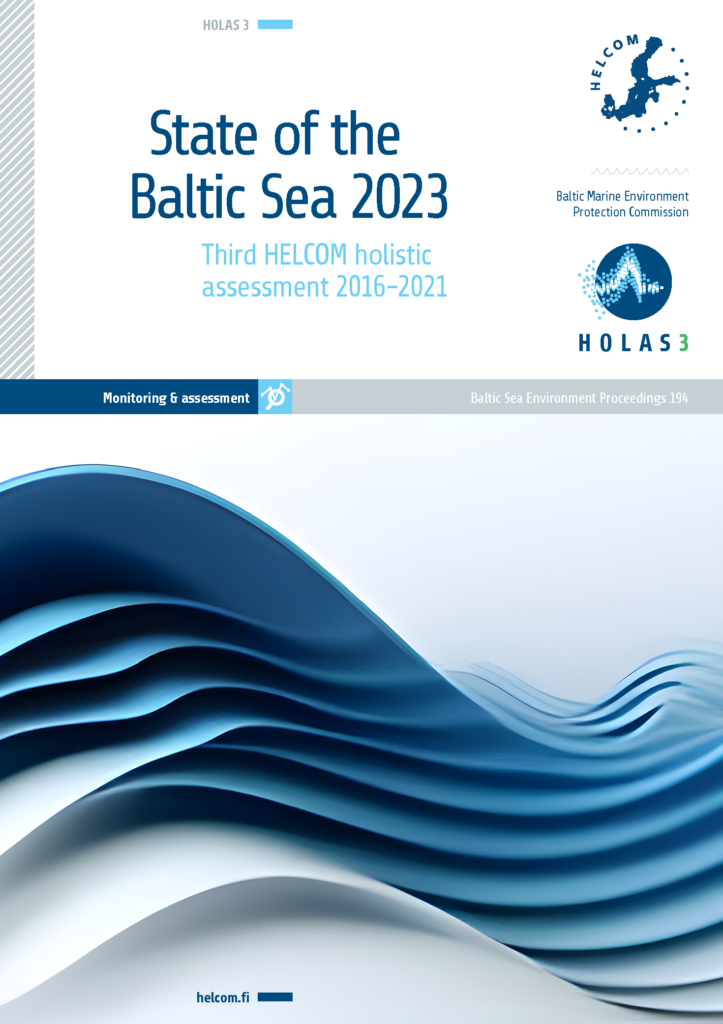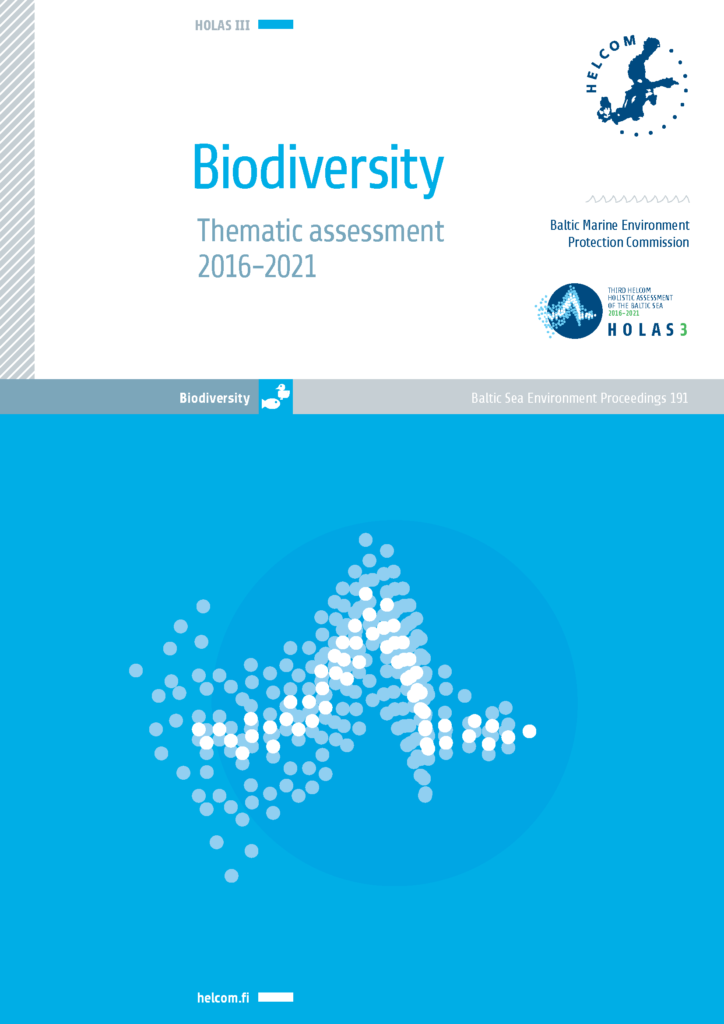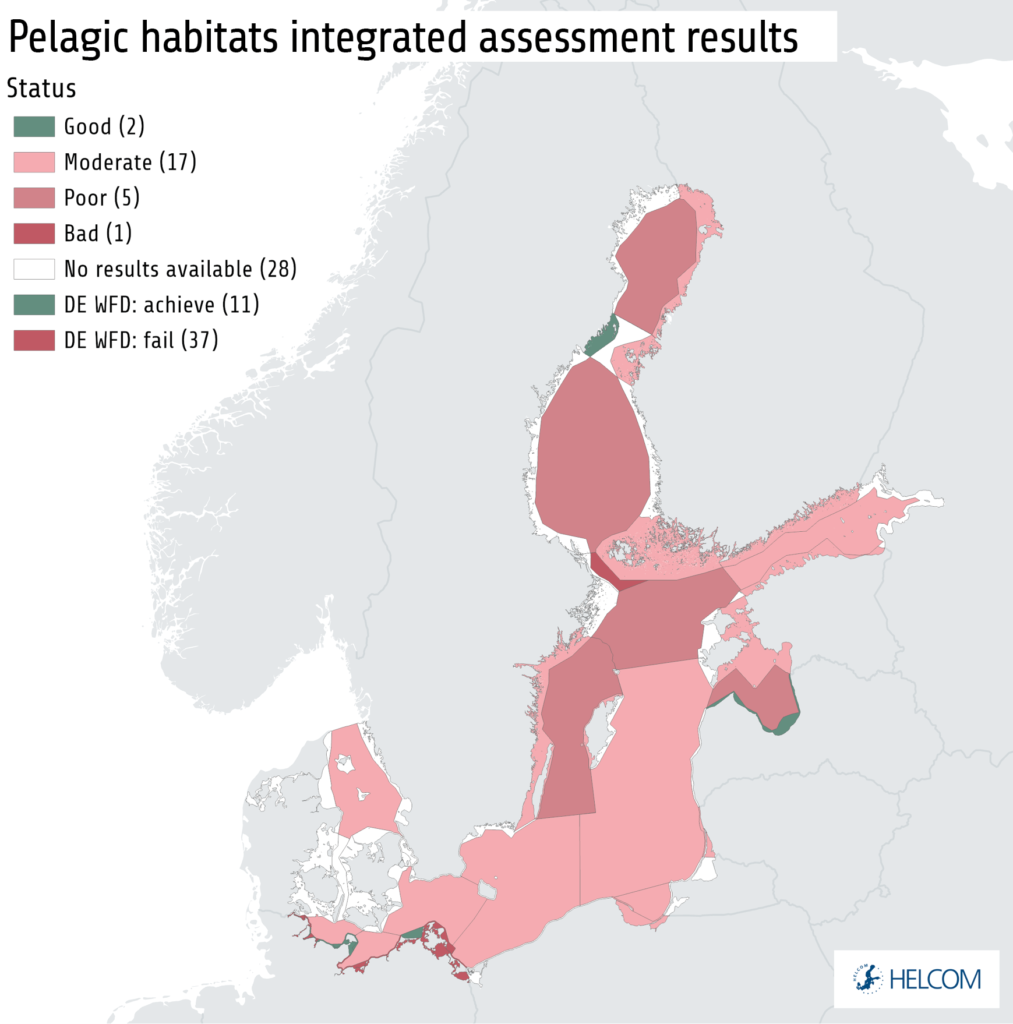PELAGIC HABITATS
The status of pelagic habitats
Pelagic habitats, including phytoplankton and zooplankton (Figure 3.2), do not have a good status in any of the fourteen open sea sub-basins assessed in 2016-2021 (Figure 3.3). The most deteriorated status occurs from the northern Baltic Proper and northwards, and the situation has worsened in the Bothnian Bay.
The functioning of a pelagic habitat depends on its level of productivity, as well as on its species composition and the size structure of the species. The mean size of zooplankton has increased in some of assessed areas, which is a positive development, but the status of phytoplankton is generally not good. Four out of the thirteen assessed coastal areas have good status for phytoplankton.
Eutrophication status and the status of pelagic habitats are closely interlinked. When the eutrophication indicators are also taken into account, no open sea or coastal pelagic habitats have good integrated status (HELCOM 2023a). This represents an unchanged situation since the previous assessment (HELCOM 2018).
Why is this important?
Functional pelagic habitats contribute to a wide range of ecosystem services and support the overall productivity of marine systems.
A poor status of pelagic habitats is associated with several ecological and socio-economic losses.
Effects of eutrophication are particularly evident in pelagic habitats, where they can lead to algal blooms and reduced water transparency, for example, with secondary impacts on benthic habitats, mobile species and human activities.
Eutrophication of the pelagic habitat also affect benthic habitats by contributing to poor oxygen conditions.

State of the Baltic Sea 2023 — The third HELCOM holistic assessment (HOLAS 3)
State of the Baltic Sea 2023 is a synthesis report that builds on, and integrates, results from a wide range of assessment products produced within the third HELCOM holistic assessment. Its role is to link information from the underpinning assessment products together, thus highlighting the holistic aspects. With this in mind, the summary report focuses on presenting the results and on an in-depth look at why we are seeing these results, providing over-arching context and analysis. The report helps develop a clearer picture of where we are and how things are connected, supporting coordinated and effective measures to strengthen the Baltic Sea environment.

Thematic assessment
Biodiversity
The thematic assessment report on the biodiversity status of the Baltic Sea (HELCOM 2023a) presents results from status assessments relating to biodiversity, based on HELCOM indicators, integrated assessments and regionally agreed data for the years 2016-2021. The assessment reveals improvements in spatial coverage compared to HOLAS II (2011-2016), incorporates new indicators and introduces novel topics. For the first time, trends for indicators and assessment results are compared across assessment periods.
However, further work remains to fill gaps in spatial coverage, improve precision of HELCOM indicators and to strengthen relevance to ecosystem-based management.

